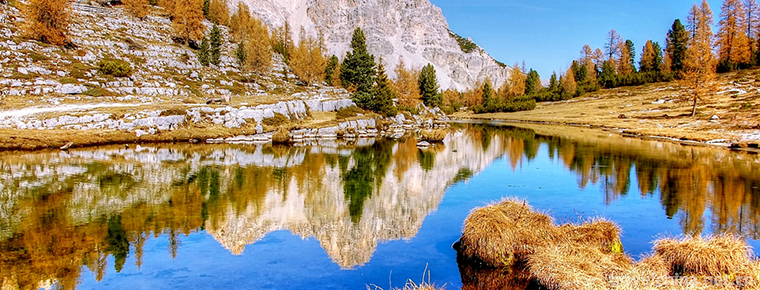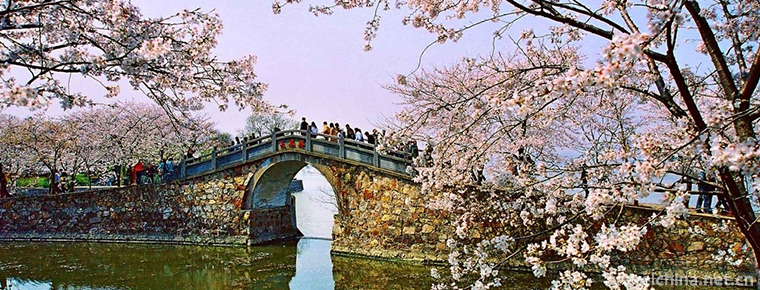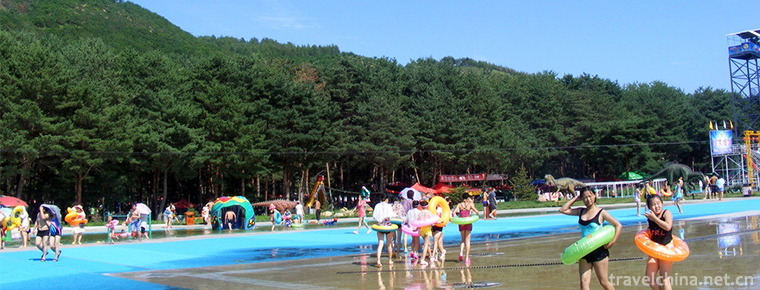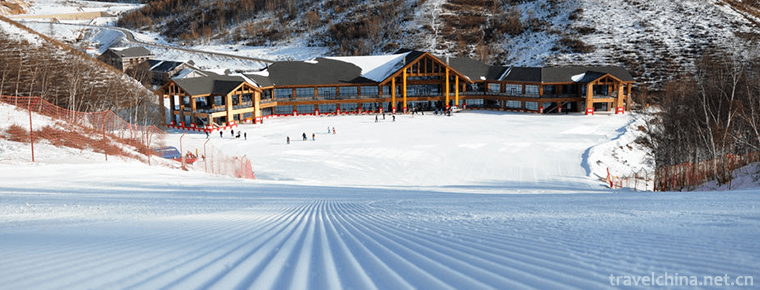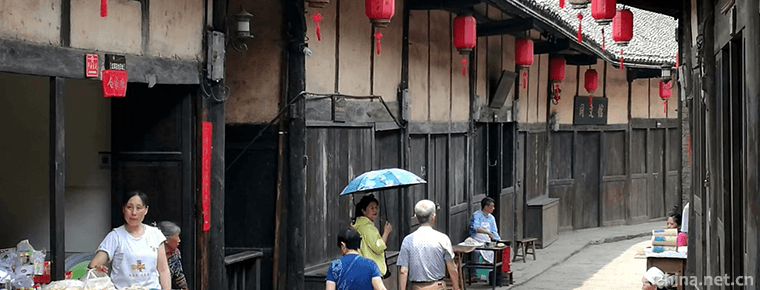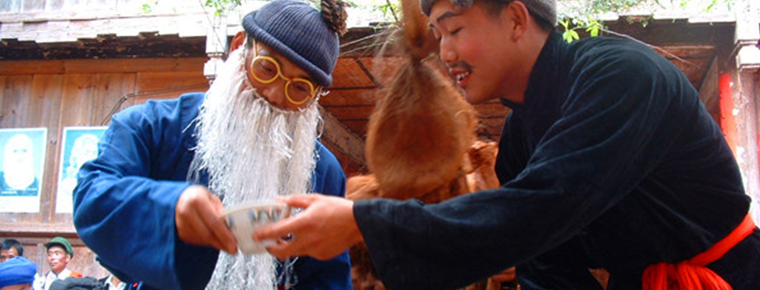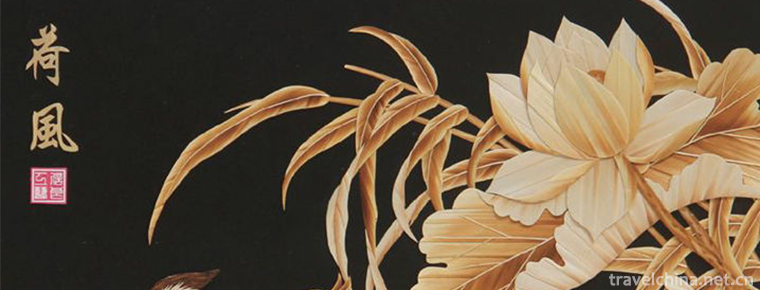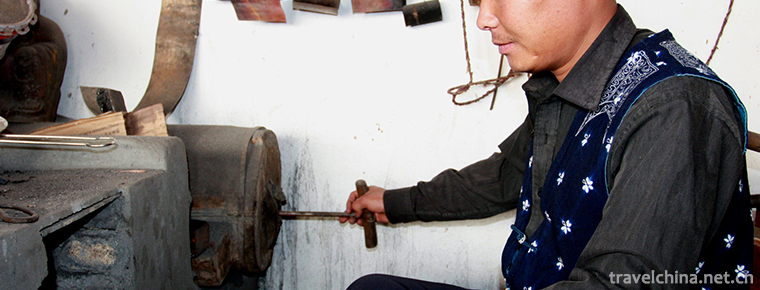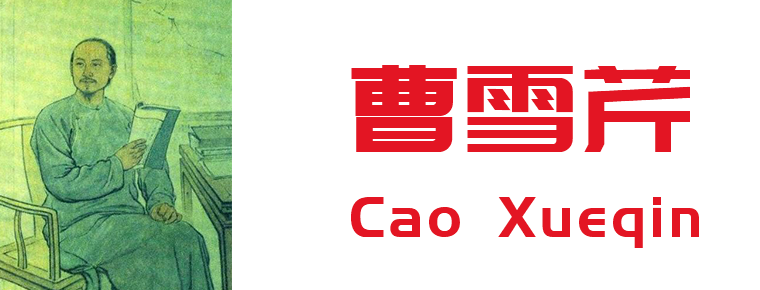Production Techniques of Lhasa Jiami Water Mill
Production Techniques of Lhasa Jiami Water Mill
Jiami Water Mill was built in the 17th century A.D. It shows the outstanding ability of Tibetan people in mechanical manufacturing and grain processing. It makes full use of natural spring water to grind bamboo in an energy-saving and pollution-free way. However, due to the low efficiency and output of water milling, the mill has been impacted by electric grinding tools, and its development prospects are not very optimistic, so it needs to be protected urgently.
On May 20, 2006, the production techniques of Lhasa Jiami Water Mill were approved by the State Council and listed in the first batch of national intangible cultural heritage list.
Production techniques
According to the declaration criteria of Intangible Cultural Heritage related to the International Convention for the Protection of Intangible Cultural Heritage adopted by UNESCO, the traditional handicraft techniques of Jiami water mill should include two parts: the mechanical techniques of water mill and the processing techniques of bamboo. The production techniques of water mill include several aspects: first, site selection, canal construction and housing erection, which requires understanding of water conservancy and construction; second, the production of "grinding disk mechanical transmission system" at the core of water mill, which involves stone work (grinding disk production), woodworking (woodworking water turbine shaft, blade, connecting rod and regulator), iron processing (T-shaped transmission spindle), civil construction. (Civil part of import trough, etc.) and knitting sewing (funnel-shaped barley feeding bags, etc.) etc. Third, the use and maintenance skills of each link of the mill. The processing technology of bamboo includes every step from material selection, stir-frying to processing completion.
Historical development
In Tibet's agricultural areas and some pastoral areas, people skillfully constructed water mills to process bamboo, flour and livestock feed, among which "Jiami Quguo" is the most famous. "Jiami Quguo" means Jiami Water Mill. It is located in Niangre Gully, north suburb of Lhasa, 6 kilometers away from the center of Lhasa. Niang Regou has beautiful mountains and beautiful waters. The quiet villages are scattered along the banks of Niang Requ (Xiaoxi). The abundant water resources make it the largest water mill group in the suburbs of Lhasa. Historically, there are 21 water mills of different sizes, which are unique in the whole Tibetan area. Niangregou has always been an important place for processing bamboo in Lhasa.
Tibetan people have been eating Baba for thousands of years. In the early days, Baba was manually ground by hand, and later began to use water. Jiami Water Mill was built in the 17th century AD. When the 5th Dalai Lama practiced in the closure of the Cave in Pabon Kasongzan, the Miller offered him the bamboo bars produced by the mill. These bamboo balls are delicately processed, pure white and tasty. The fifth Dalai Lama praised them very much. By the seventh Dalai Lama, Niang Re Jiami Water Mill became a fixed-point mill offering bamboo to the Dalai Lama and was officially named. In order to commend the achievements of the Jiami Water Mill in sacrificing Jiami Baba to the Dalai Lama of past dynasties, the former Tibetan local government granted two French sticks 2 meters long and 20 centimeters wide, exempting the mill from tax and Wula service, and stipulated that the Jiami Water Mill should be repaired by other water mills if it collapsed or damaged, and gave the Jiami Water Mill the privilege of using water resources first.
Water mills are mostly built on grasslands along rivers or tributaries of major rivers. There are gates at the source of the canals to control flow. Water flows into the bottom of the mill through wooden troughs from high to low, thus promoting the wooden runner connecting the axis of the mill. The upper layer of the mill is equipped with a concentric circle (about 1-1.2 meters in diameter) of equal thickness of upper thin and lower stone grinding discs. The grinding disc is surrounded by a bamboo storage tank. A cloth bag containing barley is suspended above the grinding disc. The bottom of the cloth bag is equipped with a discharge tube and contacts with the grinding disc. With the rotation of the stone disc, the barley falls into the friction surface automatically and equally through the grinding hole.
The most surprising thing is that beside the bamboo pool there is a lifting pole connected with the base of the runner, which adjusts the gap width between the grinding discs through the lever principle and processes bamboo with different thicknesses according to the user's preferences. According to custom, the turning of the mill must be counterclockwise.
In the past, the 15th and 30th days of the Tibetan calendar each month were the auspicious days for the special grinding of Dalai Lama's bamboo. At that time, close monks and chefs came to supervise the Dalai Lama, who took the bamboo which the Dalai Lama enjoyed in a small yellow Satin pocket. The rest were handed over to the monks and secular officials of the Potala Palace and the Dalai Lama's followers.
In 2001, the Niangre Folk Custom Park was built in Jire Village. The Jiami Quguo Fruit became a scenic spot in the garden, and the old water mill sounded again. In order to better protect Jiami Quguo, the Tibet Autonomous Region stipulates that quarrying, sand mining, mining and destroying the original geological features around Niangregou are strictly prohibited. The people's government of Chengguan District of Lhasa City has formulated the development goal of protecting the original resources of Niangregou.
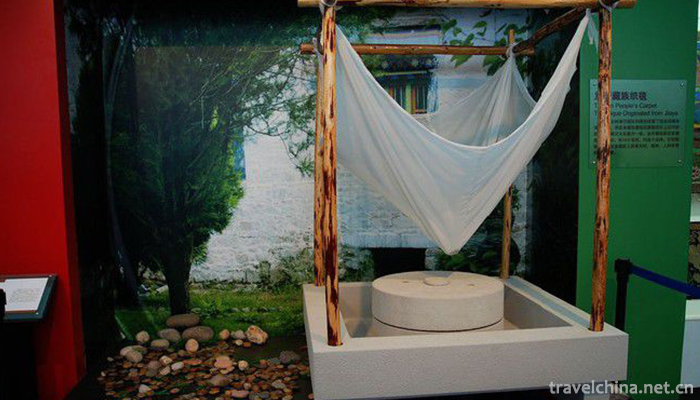
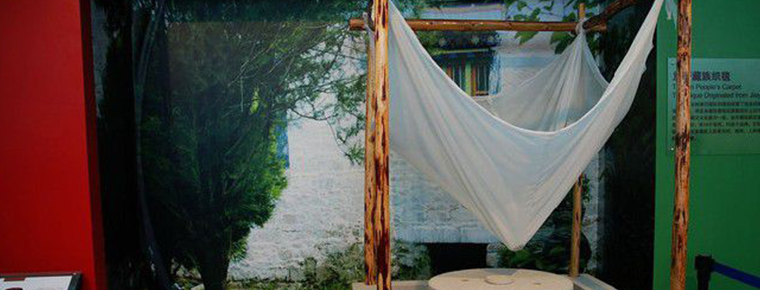
Production Techniques of Lhasa Jiami Water Mill
-
Inner Mongolia Autonomous Region Alshan Chaihe Tourist Scenic Area
Inner Mongolia Autonomous Region Alshan Chaihe Tourist Scenic Area/Chaihe Tourist Scenic Spot has a total area of 1368.7 square kilometers
Views: 194 Time 2018-12-02 -
Turtle Head Islet
Yuantouzhu is a peninsula lying on the northwest coast of Taihu Lake in Wuxi. It is named for its huge stone bursting into the lake in the shape of a tortoise with its head held high. Yuantouzhu
Views: 205 Time 2018-12-06 -
Yilong Water Custom Park
Yilong Water Custom Park was built in 1996, covering an area of 100 hectares. It was solely operated by individuals and formally opened in June 1997.
Views: 383 Time 2018-12-22 -
Miyuan Yunding Paradise
Miyuan Yunding Paradise Park is located in Chongli District, Zhangjiakou City, Hebei Province, 220 km from Beijing, only 50 minutes after the completion of the high-speed railway
Views: 177 Time 2019-02-07 -
Taiping Ancient Town Scenic Area
Taiping Ancient Town is located at the junction of Gulin River and Chishui River, 35 kilometers away from Gulin County. Across the river from Xingmin Township in Xishui County, Guizhou Province
Views: 122 Time 2019-02-13 -
Ear song
"Earsong" is also known as "Decorative Red". In Bai language, "ear" means simple son, and "song" means dance. It originated in the mountainous Bai nationality i
Views: 217 Time 2019-04-28 -
Wheat straw cut and paste
Straw clipping is a traditional folk handicraft. Also known as "wheat straw clipping", "wheat straw clipping". Using the natural luster of wheat straw and the characteristics of ru
Views: 261 Time 2019-05-16 -
Silver jewelry making skills
Yunnan has been known as the "metal kingdom" since ancient times. Silver and copper resources in Western Yunnan are very rich, with Dali as a typical representative. Heqing Silver Ware Makin
Views: 177 Time 2019-07-13 -
Cao Xueqin
Cao Xueqin (about May 28, 1715 - February 12, 1763) Name Stained with Word Dream Ruan No. Xue Qin No. 2, Qin Xi and celery, Chinese classic. The Dream of Red Mansion The author of the book is controve
Views: 255 Time 2019-09-07 -
Jianmen Shu Road
Jianmen Shudao is one of the first batch of national scenic spots, with jianmengguan as the core, starting from Ningqiang, Shaanxi in the north and Chengdu in the south, with a total length of 450 km. The culture of the three kingdoms along Jianmen Shu Road is profound. Pang Tong, Jiang Wan, Jiang Wei, Deng AI,
Views: 239 Time 2020-11-08 -
Video of Chengdu Giant Panda Base
It has been said to take the children to Chengdu Giant panda base to play, but because the new coronavirus epidemic did not go
Views: 373 Time 2020-12-13 -
Deyang Education
By the end of 2018, Deyang had 856 schools, with 33000 full-time teachers and 543000 students. Among them, 339 primary schools enroll 32000 students and 185000 students; 123 junior high schools, 28000 students and 80000 students; 23 senior high schools
Views: 370 Time 2020-12-14
